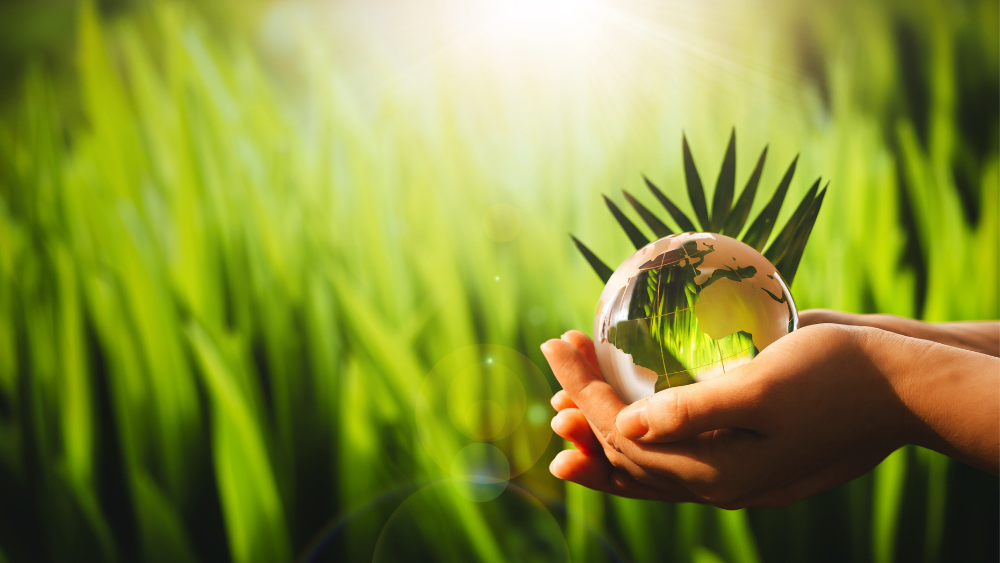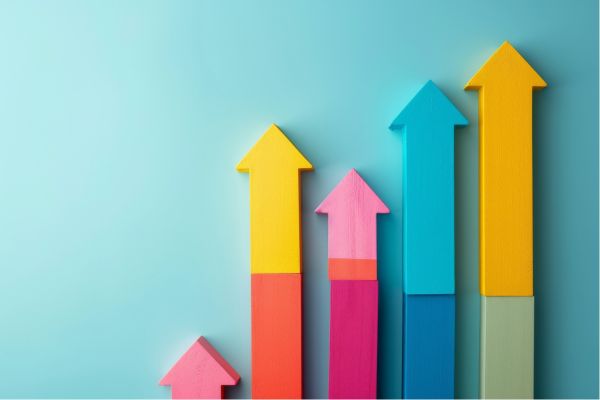Insights
INSIGHTS
All Topics
My Account
How environmentally friendly is your website?
30 Dec 2022by Helen Olszowska
We examine the environmental impact of websites and offer some advice to charities hoping to reduce their digital footprint
Evidence of declining ecosystems is everywhere. From the ghostly bleaching of our coral reefs to the rapid disappearance of our wetlands. And the impacts are already substantial.
Organisers of World Environment Day, UN Environment say: “The emergence of COVID-19 has also shown just how disastrous the consequences of ecosystem loss can be. By shrinking the area of natural habitat for animals, we have created ideal conditions for pathogens – including coronaviruses – to spread.”
Some harms to ecosystems are more hidden. Did you know that the share of digital technologies in global greenhouse gas emissions has increased by half since 2013?
Many charities are working on these issues directly, but all charities can play a role in reducing the environmental impact of their digital footprint. Using a checking tool to learn how environmentally friendly (or not) your website is can help you take the first step towards turning your digital footprint green.
Use a checking tool
There are a number of tools available to help you understand the environmental impact of your website.
Wholegrain Digital website carbon calculator
Wholegrain Digital is a London-based Wordpress agency and their website checker is hosted at websitecarbon.com.
After inputting your website URL and generating the results, the checker will tell you, among other things: how much dirtier your site is in comparison to other web pages tested; how much C02 is produced every time someone visits your homepage; and how much estimated C02 is produced by your website annually.
The results include some useful comparisons for your site’s annual C02 production, including the number of trees needed to absorb that level of carbon dioxide.
The Create Eco-checker
Create is a website-builder based in Brighton that has been responsible for building and hosting 30,000 websites. Their eco-checker is hosted on their website.
Using your home-page URL to analyse your environmental impact, the eco-checker will tell you: an overall green rating for your website; a Google PageSpeeds insights rating; whether or not your site is running on ‘green energy’; and your pagespeed score.
The Google PageSpeeds score is particularly useful as it is reported as a score out of 100, so can be improved incrementally.
The Green Web Foundation’s Green Web Check
The Green Web Foundation supports the Internet’s transition to renewable energy. They develop tools and publish open data sets to support this shift.
Their Green Web Check is hosted on their homepage. Unlike the other tools, it will only give you information on your website hosting and whether or not it is using green energy. However, it is an important tool in the green tech movement and is also used as part of the Create eco-checker.
How to green up your website
All of the website checking tools offer tips and advice on how to make your website more environmentally friendly, including:
Hosting
If your website host is not using green energy, you can switch host to one that is. Using a data centre that is geographically close to most of your website users can also help.
Third-party services
Investigate the environmental practices of any third-party services you are using on your site and make greener choices.
AV Content
Compressing images and reducing the number of videos on your site will improve page loading speed and carbon efficiency. Think carefully about which images and videos communicate your message most powerfully.
UX
Reduce the number of clicks it takes to reach your most-viewed content to reduce the number of pages loaded and energy used.
Think about reducing the amount and increasing the quality of the content on your site. Web-optimised copywriting is better for users and more environmentally friendly as it reduces the amount of time spent on the site.
Development
Minimise the use of non-system fonts as they must be loaded to be viewed. Use Accelerated Mobile Pages where possible. Include an option for dark mode - it saves energy and is in vogue!
Carbon-offset
Where you are unable to make changes to improve your site’s green rating, consider offsetting the carbon it produces each year through a carbon offset scheme.
The impact that websites and other digital technologies are having on the health of the planet should not be a hidden truth. Rebecca Kimber, CEO at Create says, “we’re lucky as an industry that we have a lot of knowledge and power at our fingertips to make the changes to net zero and lead the way in this area. With internet usage expected to continue its growth trajectory we all need to look at making energy efficiencies as well as moving to clean energy sources.”
Our Events
Charity Digital Academy
Our courses aim, in just three hours, to enhance soft skills and hard skills, boost your knowledge of finance and artificial intelligence, and supercharge your digital capabilities. Check out some of the incredible options by clicking here.













